Week 6
The progress of this week can be boiled down into two big things. 1. We developed a working prototype of our lake area, and 2. We deployed that prototype in two 7th grade classes at Cornell.
For our prototype, we have all of the basic functions implemented and working. The students can see their friends’ avatars, complete with a name floating above and movable hands, as well as click on blue portals placed around the environment to teleport to them and explore the lake we have built for them. They can also click on various objects in the scene to get a pop-up of information about what they clicked. Our teacher view is similar, but with more functions. In the top left of the ipad is button that shows a list of all the students that have connected in the environment. If you click on a student, you are teleported to that student’s location. They also have a reset button, which teleports all the students back to the initial starting point, a pause button, which stops the students ability to move around or interact until un-paused and a mute button, which mutes sound for all devices. We’re still in the works developing a notification system and a way to fast forward through seasons.
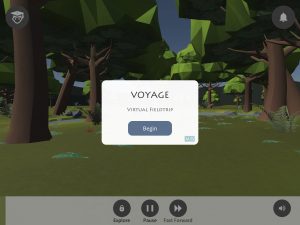
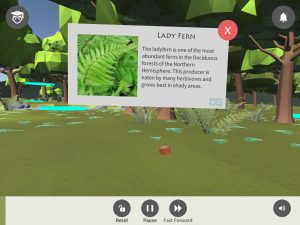
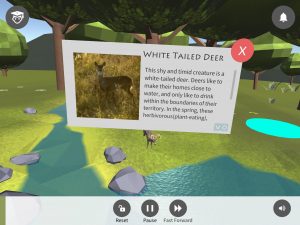
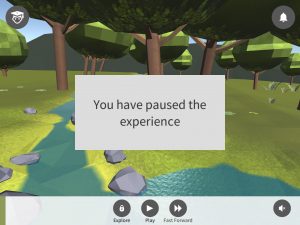
We also finalized our tree styles after a lot of critique and iteration. We decided to take all the defining characteristic of the trees (i.e. the tree bark texture, leaves, seeds and tree shape) and shape our models around them, so even if the trees look “low-poly, ” they still retain the real world characteristics.
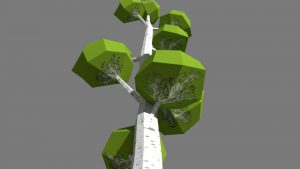
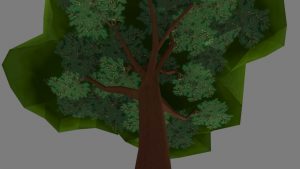
Our trip to Cornell this previous Thursday started with a lot of doubts. We had never connected 20 people at the same time into our experience before (the max being 5), we had no idea how the students would respond to VR, nor how long it would take to get the entire class physically in the VR goggles and into our experience. Luckily, our experience with the Susan’s 7th grade classes went better than we could have predicted. We got there early to set up the network and daydreams with only a few hiccups along the way. In the first class, Julian gave a small show and tell about how to set up and put on the daydream while the rest of the team and Susan helped out individual students that were facing issues. It took us around 25 minutes to get everyone set and ready in our experience, but it was quite successful afterwards. The students jumped from portal to portal waving at and greeting each other while clicking on different things in the environment to learn more. They played around in it for around 10 minutes until we stopped it and asked them what they thought. Besides the small amounts of dizziness and discomfort with the headset, the students really enjoyed it! They were eager to give suggestions of what else they wanted to see, say what they liked about it and ask questions. The second class went much quicker. It probably only took about 10 minutes to set up, and about 20-25 minutes in the experience
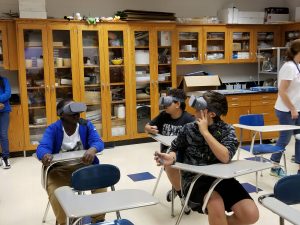
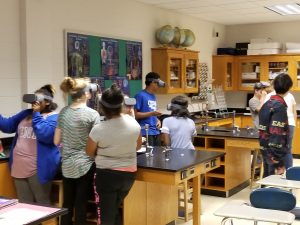
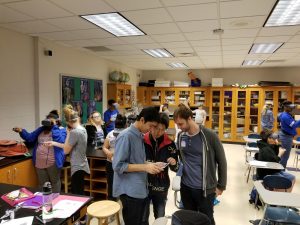
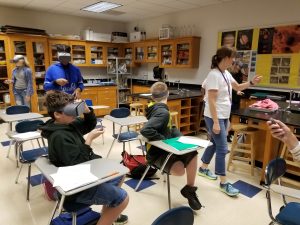
Until Next Time!
